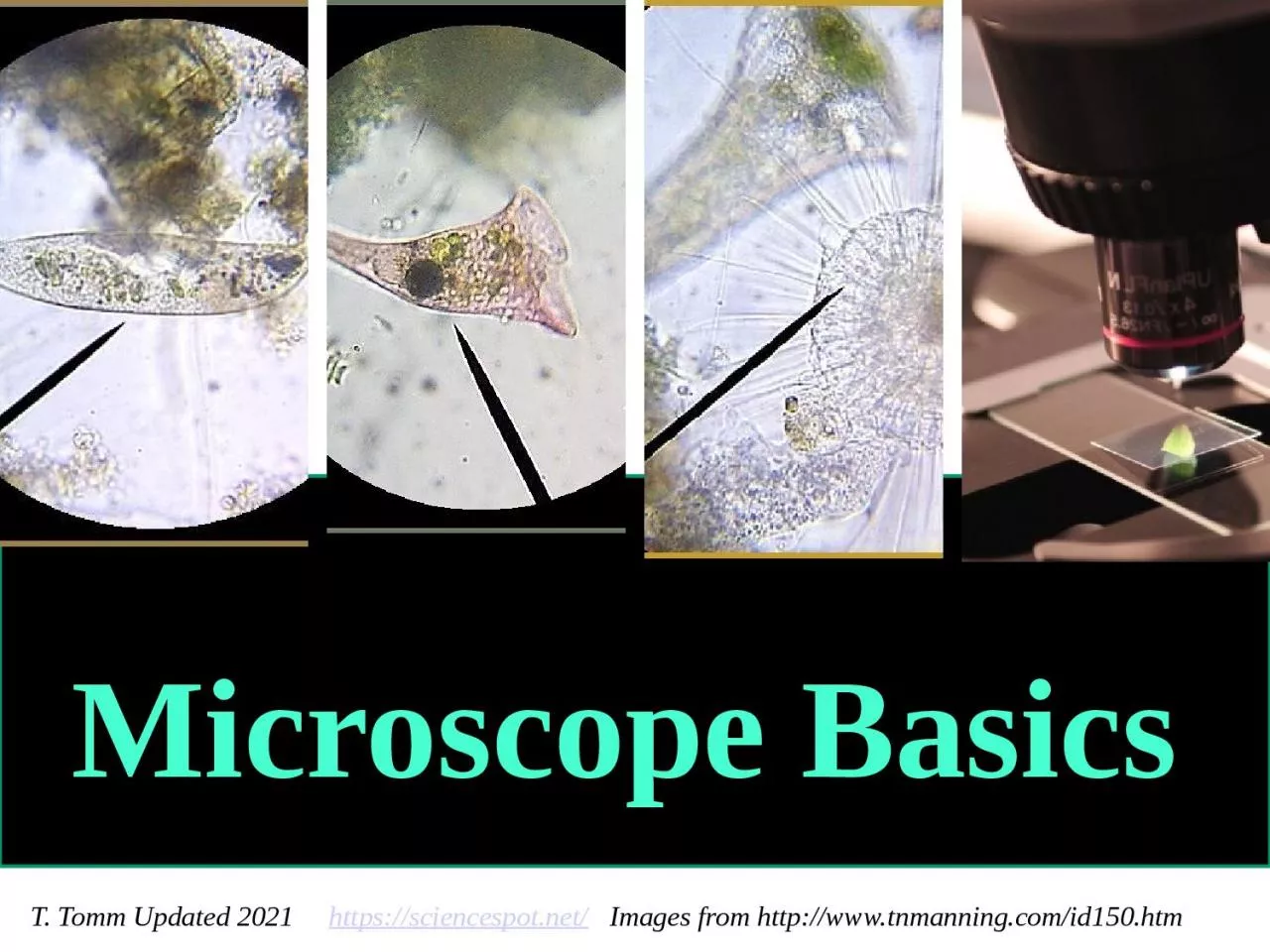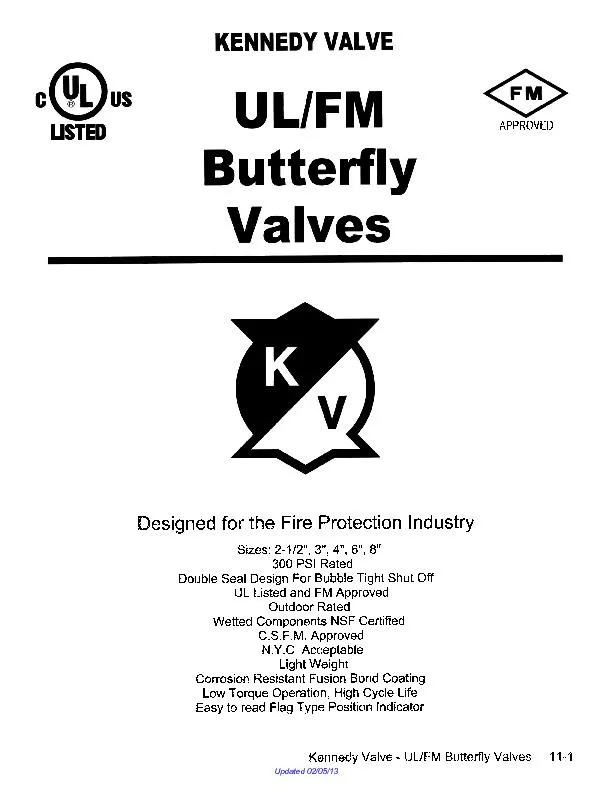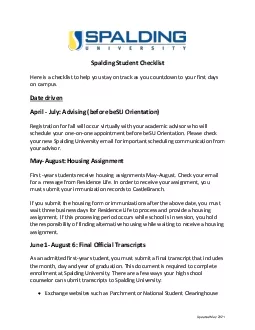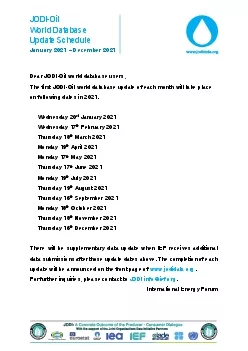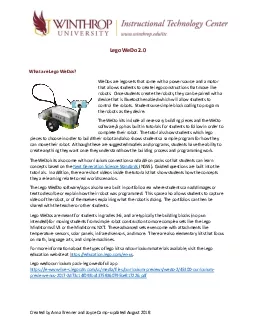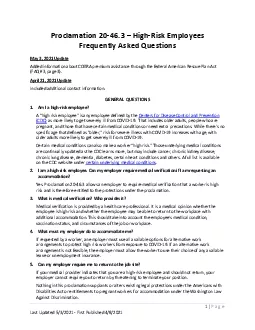PPT-T. Tomm Updated 2021
Author : joyce | Published Date : 2024-02-03
httpssciencespotnet Images from httpwwwtnmanningcomid150htm Microscope Basics Teacher Note This PPT was developed for use during class to review the activities
Presentation Embed Code
Download Presentation
Download Presentation The PPT/PDF document "T. Tomm Updated 2021" is the property of its rightful owner. Permission is granted to download and print the materials on this website for personal, non-commercial use only, and to display it on your personal computer provided you do not modify the materials and that you retain all copyright notices contained in the materials. By downloading content from our website, you accept the terms of this agreement.
T. Tomm Updated 2021: Transcript
Download Rules Of Document
"T. Tomm Updated 2021"The content belongs to its owner. You may download and print it for personal use, without modification, and keep all copyright notices. By downloading, you agree to these terms.
Related Documents

